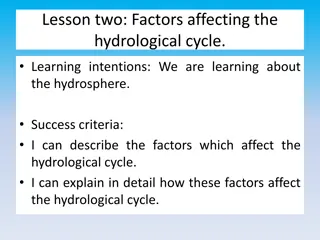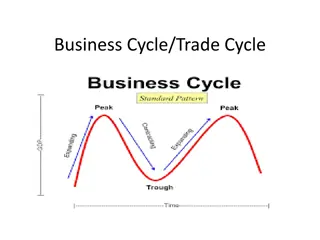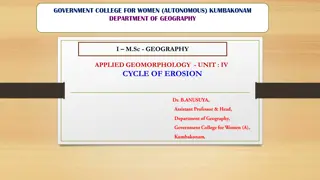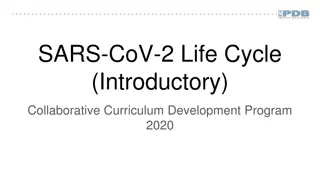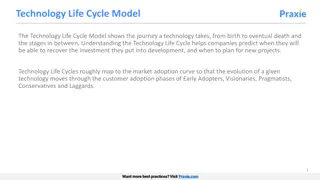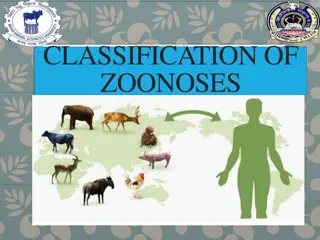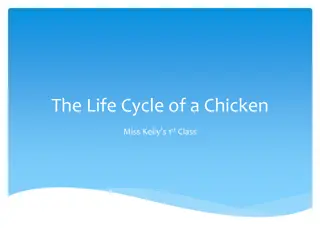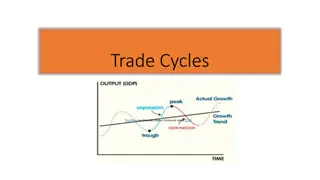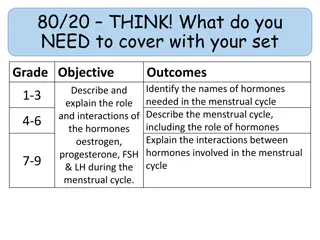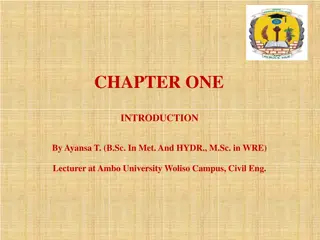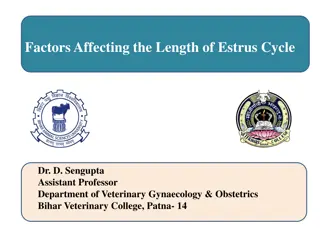Understanding the Life Cycle of Obelia: A Detailed Exploration by Kavita Prajapati
Obelia, a genus of hydrozoans, exhibits an intriguing life cycle with both polyp and medusa stages. This article presents an in-depth look at its classification, habitat, structure, and the fascinating alternation of generation. Despite the absence of true alternation of generations, Obelia's life history showcases a unique reproductive strategy. Dive into the world of Obelia with Kavita Prajapati's comprehensive analysis.
Download Presentation

Please find below an Image/Link to download the presentation.
The content on the website is provided AS IS for your information and personal use only. It may not be sold, licensed, or shared on other websites without obtaining consent from the author. Download presentation by click this link. If you encounter any issues during the download, it is possible that the publisher has removed the file from their server.
E N D
Presentation Transcript
LIFE CYCAL OF OBELIA LIFE CYCAL OF OBELIA PRESENTED BY KAVITA PRAJAPATI
SYNOPSIS- INTRODUCTION CLASSIFICATION HABIT AND HABITAT STRUCTURE OF OBELIA LIFE CYCLE OF OBELIA ALTERNATION OF GENERATION CONCLUSION REFERENCE -
INTRODUCTION- Obelia is a genus of hydrozoans, a class of mainly marine and some freshwater animal species that have both polyp and medusa stages in their life cycle. Hydrozoa belongs to the phylum Cnidaria, which are aquatic (mainly marine) organisms that are relatively simple in structure. Obelia is also called sea fur.[1]
HABIT AND HABITAT Obelia has a worldwide distribution except the high-Arctic and Antarctic seas.[2] The medusa stage of Obelia species are common in coastal and offshore plankton around the world.[3] Obelia are usually found no deeper than 200 metres (660 ft) from the water's surface, growing in intertidal rock pools and at the extreme low water of spring tides.
STRUCTURE OF OBELIA STRUCTURE OF OBELIA
LIFE CYCAL OF OBELIA LIFE CYCAL OF OBELIA
ALTERNATION OF GENERATION In the life history of Obelia there is a regular alternation of hydroid and the medusoid phases. Medusae produce eggs which after fertilization develop into hydroids. The hydroids produce medusae by asexual budding. This phenomenon was formerly called as alternation of generation. However, true alternation of generations occurs where a diploid asexually reproducing generation alternates with a sexual haploid generation. It is commonly found in ferns where the diploid plant (a sporophyte) produces spores having haploid number of chromosomes
The spores develop into haploid gametophytes. After fertilization the egg cell produces a new diploid sporophyte. In Obelia both hydroid and medusoid phases are diploid. Thus, infact, there is no true alternation of generations in Obelia. The medusa is only a modified zooid that swims freely. This free swimming medusa is very useful to Obelia because it causes wide dispersal of gametes.
CONCLUSION : CONCLUSION :- - REFERENCE :-









